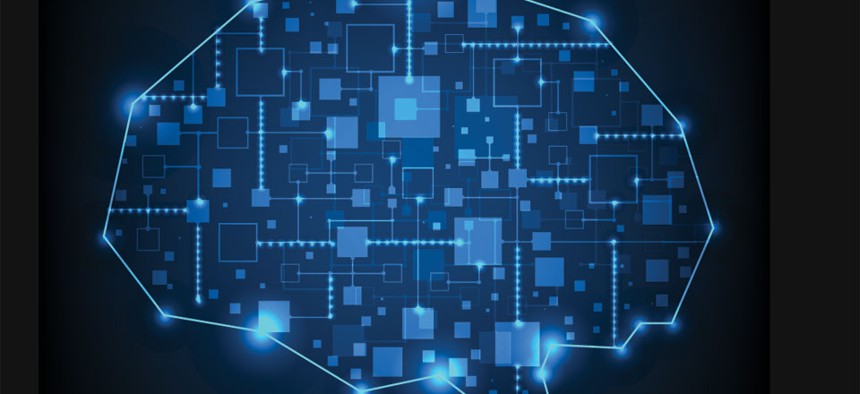Intelligence Researchers Want to Analyze the Analysts

Omelchenko/Shutterstock.com
Looking at how analysts' brains make sense of conceptual data.
The intelligence community’s research arm has launched a multi-year effort to understand how analysts understand intelligence data on a neural level and how that process might be improved, according to an announcement posted Monday.
The Knowledge Representation in Neural Systems program will investigate how the brain responds to conceptual knowledge, which the agency describes as “knowledge about the properties of an entity (e.g., an apple is edible) as well as its relationships to other entities (e.g., an apple is associated with orchards, grocery stores, pie).”
Scientists know much less about how the brain responds to and manages conceptual data than they know about how it manages sensory and motor information, IARPA said. Knowing more about how the brain responds to conceptual data could aid the agency in developing new tools to help analysts better understand intelligence data and possibly improve training, the agency said.
The project will be carried out through research contracts awarded to Carnegie Mellon University, Siemens Corporation, HRL Laboratories, and Teledyne Scientific and Imaging, IARPA said.
“The long-term goal of KRNS research is to assist analysts in making sense of massive volumes of disparate data,” said Brad Minnery, KRNS program manager. “Any analysis tool built using insights from KRNS research will enhance the productivity of analysts in performing complex and difficult sensemaking activities.”
(Image via Omelchenko/Shutterstock.com)



